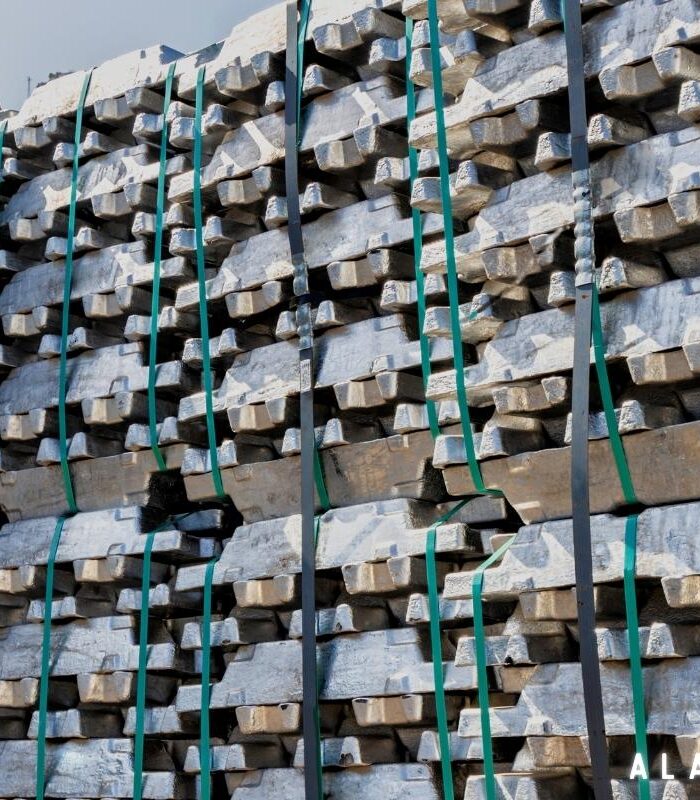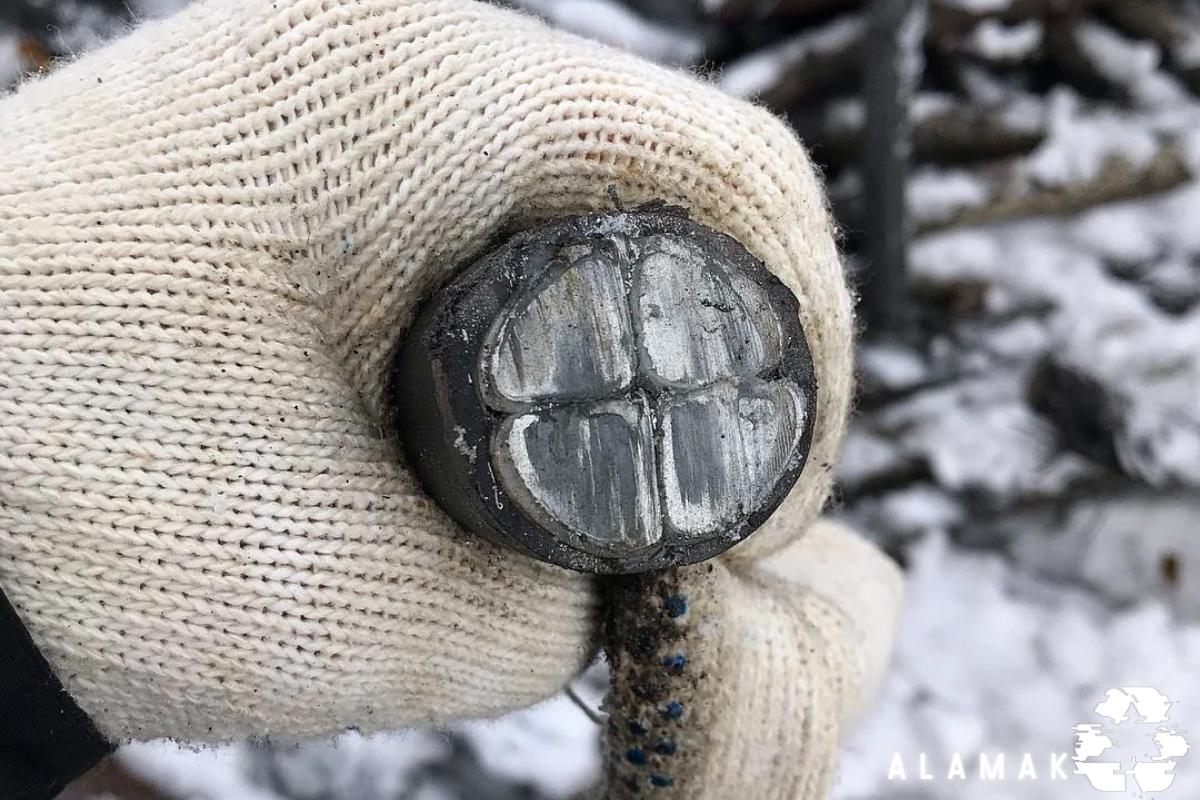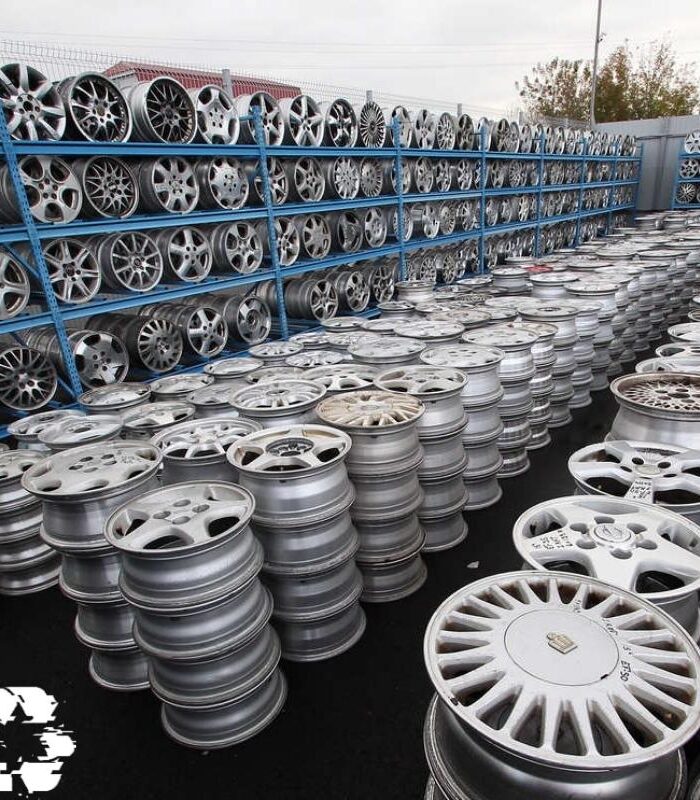

Case Study Info
- Clients Martin Calep
- Category Education & Recycle
- Date May 26, 2021
- Location Ufa City
Recycle Process
Recycling Aluminum Wire Waste: ALAMAK Process (20,000MT, Origin: Russia)
Collection Process:
1. Collection Points: ALAMAK establishes collection points at various locations to gather aluminum wire waste effectively.
2. Collaboration: ALAMAK collaborates with local recycling centers, scrap yards, and businesses to source aluminum wire waste.
3. Awareness Campaigns: ALAMAK conducts awareness campaigns to educate the community about the importance of recycling aluminum wire waste and encourages individuals and businesses to participate.
Sorting and Cleaning:
1. Initial Sorting: Upon collection, aluminum wire waste is sorted based on its quality, thickness, and type.
2. Removal of Contaminants: Any foreign materials, such as plastic or rubber coatings, are removed to ensure the purity of the aluminum wire.
3. Cleaning: The sorted wire is thoroughly cleaned to eliminate dirt, grease, and other impurities, enhancing the recycling process.
Shredding and Separation:
1. Shredding: The cleaned aluminum wire is shredded into smaller pieces using specialized equipment.
2. Magnetic Separation: Powerful magnets are utilized to separate ferrous metals from the shredded aluminum wire.
3. Eddy Current Separation: Advanced eddy current separators are employed to separate non-ferrous metals, such as aluminum, from other materials.
Melting and Purification:
1. Melting: The separated aluminum wire is melted in high-temperature furnaces to convert it into molten aluminum.
2. Impurity Removal: During the melting process, impurities like oxides and dross rise to the surface and are skimmed off, ensuring the purity of the aluminum.
3. Alloying (if required): In some cases, ALAMAK may introduce specific alloying elements to achieve desired aluminum alloy properties.
Casting and Solidification:
1. Casting: The molten aluminum is poured into molds or casted into ingots, billets, or other desired forms.
2. Cooling and Solidification: The casted aluminum is allowed to cool and solidify, forming solid aluminum blocks, ingots, or other market-ready shapes.
Quality Control and Testing:
1. Quality Assurance: ALAMAK maintains a rigorous quality control process to ensure the produced aluminum meets industry standards and customer specifications.
2. Testing: Samples are collected and subjected to various tests, including chemical composition analysis, mechanical property evaluation, and visual inspection.
Packaging and Distribution:
1. Packaging: The aluminum products are securely packaged in accordance with international shipping standards to prevent damage during transportation.
2. Documentation: Necessary documentation, including certificates of origin, quality inspection reports, and shipping documents, are prepared for smooth export and import procedures.
3. Worldwide Distribution: ALAMAK collaborates with global partners, traders, and buyers to distribute the recycled aluminum wire waste worldwide, catering to the demands of various industries.
Environmental Impact and Sustainability:
1. Resource Conservation: Recycling aluminum wire waste conserves natural resources by reducing the need for primary aluminum extraction.
2. Energy Savings: The recycling process consumes significantly less energy compared to producing aluminum from raw materials.
3. Landfill Reduction: By diverting aluminum wire waste from landfills, ALAMAK contributes to waste reduction and environmental preservation.
ALAMAK is committed to providing sustainable solutions for aluminum wire waste recycling, contributing to a greener and more circular economy. Through our meticulous processes and global distribution network, we aim to meet the demand for recycled aluminum products while minimizing environmental impact.


